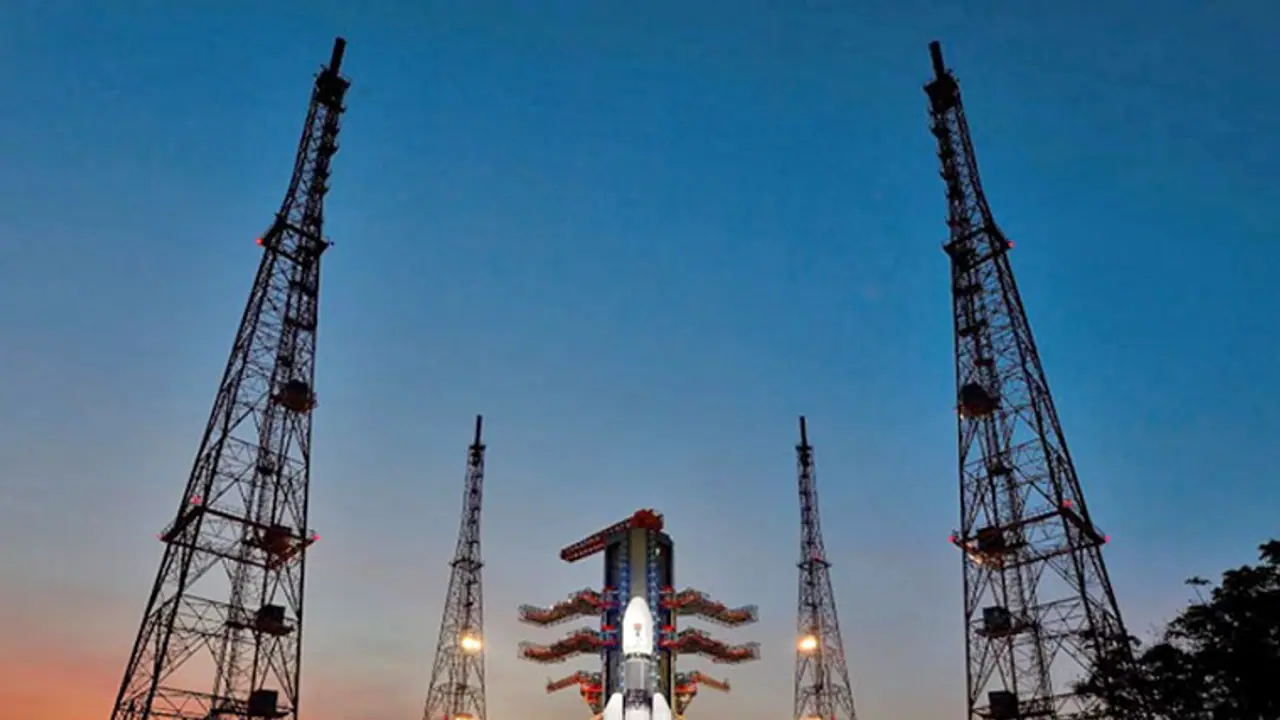Indian Space Research Organisation will launch the heavy-lift GSLV Mark III rocket on June 5, 2017. The launch is scheduled at 5.28 pm from the Satish Dhawan Space Centre in Sriharikota GSLV Mk III-D1/GSAT-19 will be the heaviest ever rocket and satellite to be launched from the country This is the first time a communication satellite weighing more than 2,300 kg will be launched from Indian soil
Indian Space Research Organisation will launch the heavy-lift GSLV Mark III rocket on June 5, 2017. Former ISRO Chairman K Radhakrishnan has said that this will be a significant milestone in India’s space program since India can now launch 4 tonne class of satellites. The launch is scheduled at 5.28 pm from the Satish Dhawan Space Centre in Sriharikota. Here are ten points about the launch of the rocket.

1) GSLV Mk III-D1/GSAT-19 will be the heaviest ever rocket and satellite to be launched from the country. ISRO Chairman A S Kiran Kumar said the mission is critical because of it.
2) Till now, ISRO had to depend on foreign countries to launch communication satellites weighing more than 2,300 kg. This is the first time a communication satellite weighing more than 2,300 kg will be launched from Indian soil.
3) The GSLV MkIII-D1 is capable of lifting payloads of up to 4,000 kg into the Geosynchronous Transfer Orbit (GTO) and 10,000 kg into the Low Earth Orbit. This will help India to launch satellites of foreign countries as well.
4) Communication satellites are quite heavy, and India was able to send up to two tonnes previously. This is a double quantum jump for India.
5) It is a three-stage vehicle with two solid motor strap-ons (S200), a liquid propellant core stage (L110) and a cryogenic stage (C25). The space agency tested a less-developed version of the rocket in December 2014 while the cryogenic engine was still in the testing phase.
6) The rocket carried an unmanned crew capsule which separated from the rocket and splashed down in the Bay of Bengal off India's east coast 20 minutes after liftoff. ISRO has said that it will take seven years more for the rocket to carry a crew into space.
7) India has been in the race for sending for communication satellites into space. In February, India put a record 104 satellites into orbit from a single rocket, surpassing Russia which launched 39 satellites in one mission
8) For the first time, ISRO will use a new method of beaming data using multiple frequency beams. Earlier communication satellites used transponders, a device that receives signals from uplink frequencies from a ground satellite transmitter and re-transmits them as a downlink frequency to the receiver.
9) The indigenous satellite will also travel the distance using indigenously made Lithium-ion batteries. The spacecraft will also include miniaturised heat pipe, fibre optic gyro, Micro electro-Mechanical systems accelerometer which will measure the proper acceleration of the rocket. These are included on an experimental basis.
10) Former ISRO Chairman, K Kasturirangan, who conceived the idea of GSLV Mark III has said that this rocket will carry Indian astronauts into space. The Indian astronauts will probably be called ‘gaganauts or vyomanauts’.
